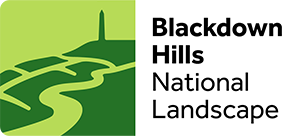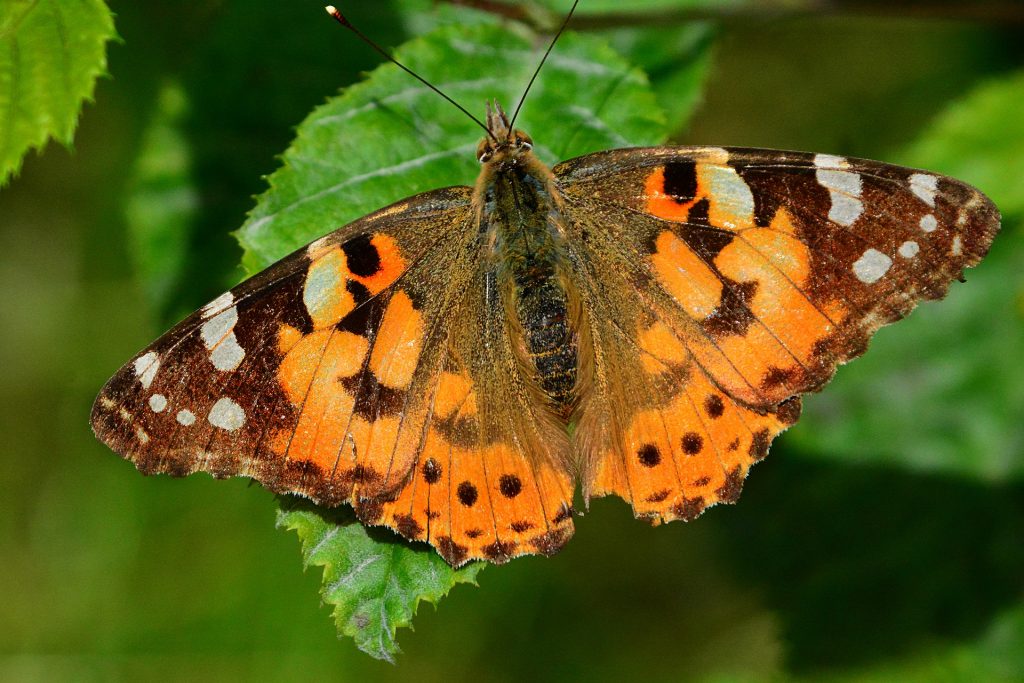Autumn watch on the Stockland Turbaries
The mushroom season began early: we had a flush in August of boletes, those whose caps have pores not gills, the group to which the famous cep, or porcini, belong. Presumably, these fruited in response to rain after a long dry period. Now in September we’re into the main season for fungi and the usual array of toadstools most of which form symbiotic associations (mycorrhizas) with their host trees. Today I found the beefsteak fungus at Quantock on an old oak the wood of which will be stained dark, in what wood turners call “brown oak”.
As we entered September, there was a hatch of painted ladies, the brood of those bedraggled immigrants we saw earlier in the year. There are still a few red admirals, an occasional comma and small tortoiseshell, and second brood speckled woods but to me it’s been an especially good season for silver-washed fritillaries that have been frequent at Quantock. Large whites seem to have done well too, judging by the state of my brassicas, decimated by their larvae that I’ve hand-picked today and fed to the hens. But I am increasingly concerned, not by the poor diversity of insect species, but by the lack of their bio-abundance.
Now at the end of September, the evenings are drawing in and leaves change their hues and start to fall. Swallows, that have been gathering for some weeks, have nearly all gone; the stragglers are those born in a late third brood, perhaps. The winter thrushes will arrive soon, now that the hedges are full of hips and haws. In starting to cut one of my own hedges here, I noticed a hornet strip the bark off a young ash sapling, presumably paper-making for a nest. I also noticed some of those saplings don’t look well: the early symptoms of ash dieback that threatens to alter our environment.
Our grazing ponies remain in situ but their numbers will diminish later this week; their work done, they are recalled from whence they came. Bucehayes is looking especially good after pony grazing. The wood-pasture around the cottages on Horner Hill received its autumnal cut last week, inviting walkers to come to admire (…that was until some off-road bikers rather spoiled its beauty!). The open heathy hillside does have patches of golden Western gorse among purple spikes of bell heather but too much windborne seed of downy birch continues to establish itself among the bracken and European gorse, all of which need some control in the absence of grazing. To this end, contract work by the RSPB has cut three fire-breaks across the hillside.
A team of three volunteers has just raked off some of the watercress that was invading too much of the pond at Quantock where a new bench has been installed. A stile is in place on the Permissive Path to ease access to the bird-hide.






